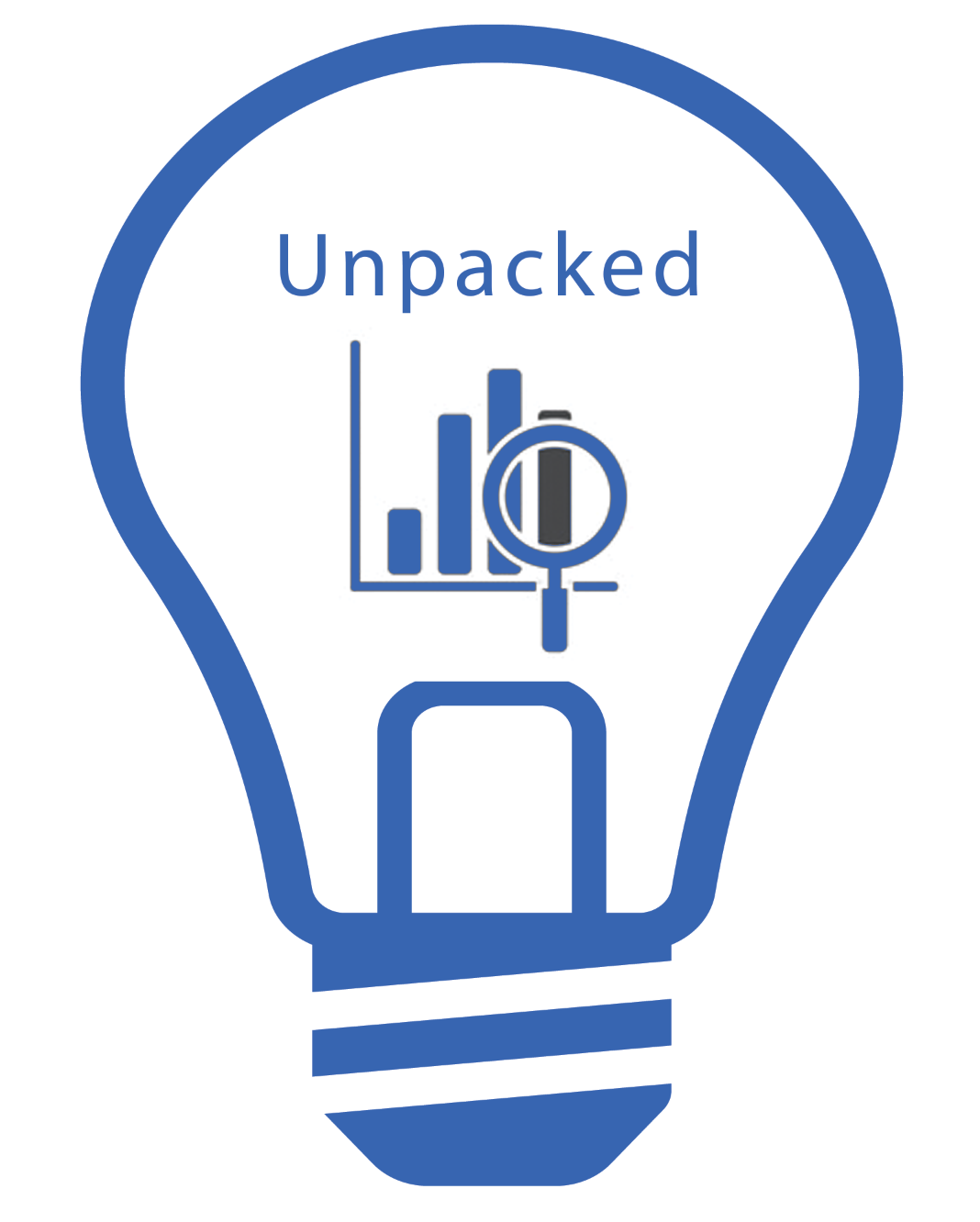When looking forward to big future market opportunities, the health and technology intersection is one that is commonly brought up. The health/medical industry is, broadly, ripe for continued integration of new technologies. However, from what I see at the moment, it may be wise to separate consumer driven health tech from technologies deployed by the medical community and given to consumers with a health condition. The latter market is likely much greater in terms of size than the former.
Right now, when we look at consumer-driven health tech products, we look at things like health and fitness wearables, sports tech and gear, and other products targeting those with an affinity for health and fitness. The challenge is that is not a large market in reality. Looking at data we have both at a global and local level, we only find pockets of consumers who self-identify as having a health and fitness focus representing between 14-18% of the market.
Data from one of our research partners revealed that globally, those with a fitness-focused lifestyle (those who exercise in some capacity four times a week) only make up 14% of global consumers. Similarly, in our own health and technology focused research study, we found 17% of the US consumers say they are obsessed with their health, eat right, and exercise several times a week. Similarly, only 19% indicated they consider their current health level “very healthy.”
What our data suggests is that any product with a specific health and fitness focus and value proposition has a limited global addressable market that is likely only in the 100-200 million range. Not small, but also not super large. Given other data points we have, it would suggest this market is roughly only 20% penetrated if we add the percentage of consumers in each market who say they have a fitness band or smart watch, so there is still headroom. The key takeaway is the market size is not massive for dedicated health and fitness technology products being sold direct to consumers.
A larger segment of consumers indicated they were not health-obsessed but also not suffering from major illnesses. While this is a big part of the market, I’m not convinced the health and fitness tech is poised to penetrate this group. So the current crop of wearables and smartwatches need to have greater appeal outside of health and fitness if they want to grow their market size. Smartwatches are better positioned here, given they add a lot more utility overall than fitness bands but today, the largest part of the smart watch consumer pull is coming from a health and fitness angle.
At the other end of the spectrum are those who say they have a chronic illness they are treating. This represents less than 20% of the market. This is the market for which a medically-focused technology product would be suited, such as one prescribed by a doctor to a patient to help monitor health. This is also not a large market but still represents an important one as we look at the integration of health and technology.
Not surprisingly, the biggest segment of the market is more nominal in their health awareness. There is certainly overall value technology can bring to this market but the pull, at the moment, is coming largely from those with a fitness focus or someone dealing with a health issue. Wearables may be on the cusp of going mainstream and we will see how close we are when we do our dedicated wearable/smart watch study this fall.

Superb post however I was wanting to know if you could write a litte more on this topic? I’d be very grateful if you could elaborate a little bit more.
Thank you for great content. I look forward to the continuation.